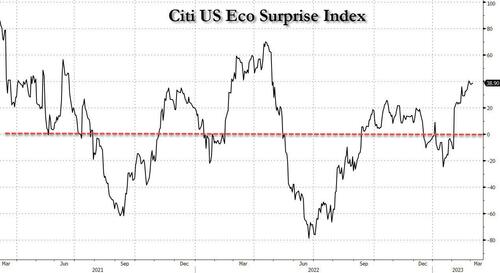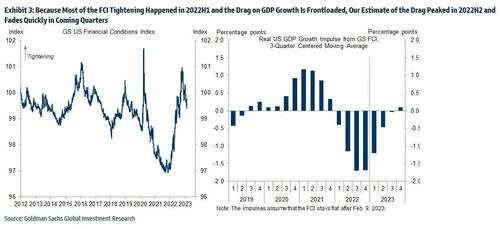A low-carb, high-fat “keto-like” diet may be linked to higher levels of “bad” cholesterol and double the risk of cardiovascular events such as blocked arteries, heart attacks and strokes, according to new research.
“Our study found that regular consumption of a self-reported diet low in carbohydrates and high in fat was associated with increased levels of LDL cholesterol – or “bad” cholesterol – and a higher risk of heart disease,” lead study author Dr. Iulia Iatan with the Healthy Heart Program Prevention Clinic, St. Paul’s Hospital and University of British Columbia’s Centre for Heart Lung Innovation in Vancouver, Canada, said in a news release.
In the study, researchers defined a low-carb, high-fat (LCHF) diet as 45% of total daily calories coming from fat and 25% coming from carbohydrates. The study was presented Sunday at the American College of Cardiology’s Annual Scientific Session Together With the World Congress of Cardiology.
“Our study rationale came from the fact that we would see patients in our cardiovascular prevention clinic with severe hypercholesterolemia following this diet,” Iatan said during a presentation at the session.
Hypercholesterolemia, or high cholesterol, increases a person’s risk of heart attack or other adverse cardiovascular events.
“This led us to wonder about the relationship between these low-carb, high-fat diets, lipid levels and cardiovascular disease. And so, despite this, there’s limited data on this relationship,” she said.
The researchers compared the diets of 305 people eating a LCHF diet with about 1,200 people eating a standard diet, using health information from the United Kingdom database UK Biobank, which followed people for at least a decade.
The researchers found that people on the LCHF diet had higher levels of low-density lipoprotein, also known as LDL, cholesterol and apolipoprotein B. Apolipoprotein B is a protein that coats LDL cholesterol proteins and can predict heart disease better than elevated levels of LDL cholesterol can.
The researchers also noticed that the LCHF diet participants’ total fat intake was higher in saturated fat and had double the consumption of animal sources (33%) compared to those in the control group (16%).
“After an average of 11.8 years of follow-up – and after adjustment for other risk factors for heart disease, such as diabetes, high blood pressure, obesity and smoking – people on an LCHF diet had more than two-times higher risk of having several major cardiovascular events, such as blockages in the arteries that needed to be opened with stenting procedures, heart attack, stroke and peripheral arterial disease,” researchers found, according to the news release.
The researchers said in the release that their study “can only show an association between the diet and an increased risk for major cardiac events, not a causal relationship,” because it was an observational study, but their findings are worth further study, “especially when approximately 1 in 5 Americans report being on a low-carb, keto-like or full keto diet.”
Iatan said the study’s limitations included measurement errors that occur when dietary assessments are self-reported, the study’s small sample size and that most of the participants were British and didn’t include other ethnic groups.
The study also looked at the longitudinal effect of following the diet, whereas most people who follow a keto-like diet tend to follow it intermittently for shorter periods of time.
Most of the participants – 73% – were women, which Iatan said is “quite interesting to see, but it also supports the literature that’s available that women in general tend to follow more dietary patterns, tend to be more interested in changing their lifestyles.”
When asked if there were any groups that were not harmed by following a LCHF diet, Iatan said how long people are on the diet and whether or not they lose weight “can counterbalance any LDL elevation.”
“What matters to remember is that each patient responds differently. And so, there’s really an inter-individual variability between the response. What we found is that, you know, on average, patients tend to increase their LDL cholesterol levels,” she said.
Most health experts say the trendy keto diet, which bans carbohydrates to make your body burn fat for fuel, cuts out healthy food such as fruit, beans and legumes, and whole grains. In the keto diet, you limit your intake of carbohydrates to only 20 to 50 a day – the lower, the better. To put that into perspective, a medium banana or apple is around 27 carbohydrates – the full day’s allowance.
Keto is short for ketosis, a metabolic state that occurs when your liver begins to use stored fat to produce ketones for energy. The liver is programmed to do that when your body loses access to its preferred fuel – carbohydrates – and thinks it’s starving.
The keto diet has been around since the 1920s, when a doctor stumbled on it as a way of controlling seizures in children with epilepsy who didn’t respond to other treatment methods.
Low-carb diets like keto rely heavily on fats to fill you up. At least 70% of the keto diet will be made up of fat; some say it’s more like 90%.
While you can get all that fat from healthy unsaturated fats such as avocados, tofu, nuts, seeds and olive oil, the diet also allows saturated fats like lard, butter and coconut oil, as well as whole-fat milk, cheese and mayonnaise. Eating lots of foods high in saturated fat increases the body’s production of LDL cholesterol, which can build up inside the arteries and restrict blood flow to the heart and brain.
https://www.cnn.com/2023/03/05/health/keto-low-carb-high-fat-diets-heart-disease/index.html


